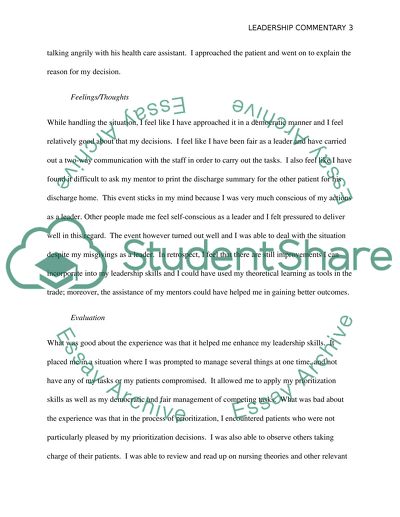Cite this document
(“Leadership commentary: Gibb's Reflection Model Essay”, n.d.)
Retrieved from https://studentshare.org/nursing/1433741-leadership-commentary
Retrieved from https://studentshare.org/nursing/1433741-leadership-commentary
(Leadership Commentary: Gibb'S Reflection Model Essay)
https://studentshare.org/nursing/1433741-leadership-commentary.
https://studentshare.org/nursing/1433741-leadership-commentary.
“Leadership Commentary: Gibb'S Reflection Model Essay”, n.d. https://studentshare.org/nursing/1433741-leadership-commentary.


